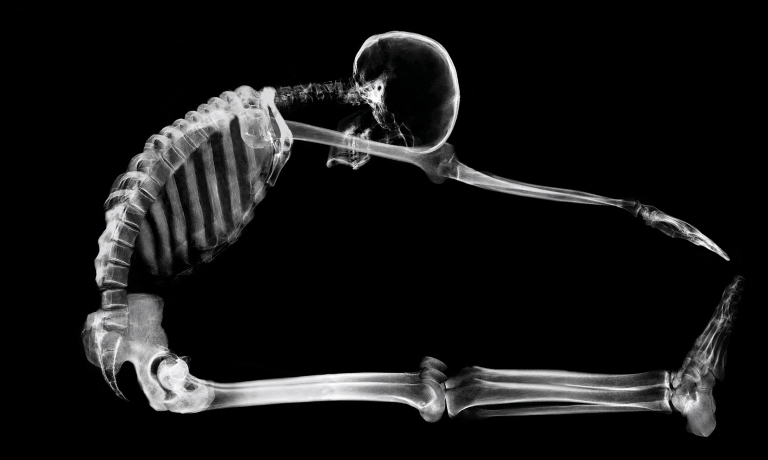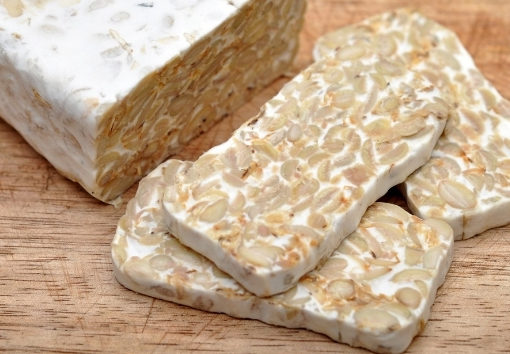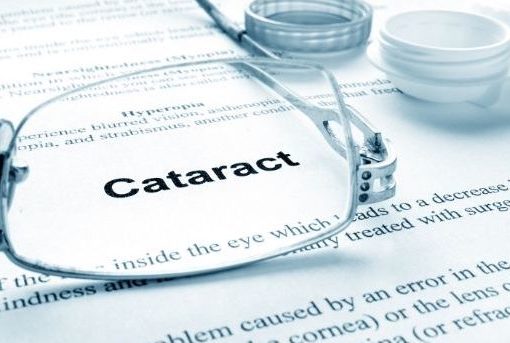
by Jack Norris, RD
Entire article is Bone Fractures among U.K. Vegans: Implications and Recommendations.
[Correction (February 21, 2021):
A reader pointed out that in the iodine section, I said, “The only significant association between subclinical hypothyroidism and bone mineral density (BMD) was an increased BMD in the higher femur neck in women.” I then conclude the section with “Given that 1) hip and leg fractures played a large role in the higher fracture rate among vegans in EPIC-Oxford, 2) subclinical hypothyroidism is associated with lower BMD in the femur [emphasis added], and 3) U.K. vegans have questionable iodine status, it seems possible that iodine deficiency could contribute to their higher fracture rate.”
When I wrote the final summary of the iodine section, I misread the finding for femur BMD, forgetting that the result had been counterintuitive. I’ve now updated my assessment that iodine deficiency could contribute to the fracture rates of vegans from “possible” to “unlikely.” I’m sorry for that mistake.]
In Part 5 below:
- Vitamin B12
- Vitamin K2
- Iron
Vitamin B12
Vitamin B12 isn’t normally thought of as a nutrient associated with bone health, but there’s evidence that it’s related.
Goerss et al. (1992) found that people with pernicious anemia (an inability to absorb vitamin B12) had a higher rate of bone fracture. In contrast, in their systematic review of studies measuring associations between poor vitamin B12 status and bone fractures, Macêdo et al (2017) found an increased risk in only 3 of 17 studies. It’s possible that a study of people with pernicious anemia could be more applicable to vegans as individuals in both groups might go extended periods without a source of B12.
Two cross-sectional studies, one from Slovakia on female lacto-ovo-vegetarians (Krivosikova, 2009) and one from Germany on male lacto-ovo-vegetarians and vegans (Herrmann, 2009), found associations between poor B12 status and markers of bone health. Although I would consider the associations fairly weak (see Vitamin B12 and Bone Mineral Density), they provide evidence that poor B12 status might play a role in fracture risk among vegans.
The average B12 levels associated with bone turnover markers in Herrmann et al. was 141 pmol/l. In EPIC-Oxford, a sub-analysis (Gilsing, 2010) found male vegans to have significantly lower serum B12 levels (122 pmol/l, n=232) than male meat-eaters (281 pmol/l, n=226) and within the range associated with poor bone health found by Herrmann et al. Vitamin B12 status of EPIC-Oxford participants has only been studied among men.
Despite male vegans in EPIC-Oxford having lower B12 status, the fracture rates were only significantly elevated among vegan women. This would suggest that B12 didn’t play a major role in the fracture rates unless vegan women had even lower B12 status than vegan men. A baseline report from EPIC-Oxford showed a similar vitamin B12 intake among vegan men (.41 µg/day) and women (.49 µg/day). While these intakes are quite a bit lower than the RDA of 2.4 µg, supplements weren’t included in the assessment (Davey, 2003) and we can’t tell from this info if B12 status would be expected to be different between male and female vegans.
One other possibility is that low B12 status impacts bone health for women more than men. While I’m not aware of any research, given that postmenopausal women suffer fractures at higher rates than men, it doesn’t seem impossible that B12 levels could be more important for women.
Of course, all vegans should ensure a reliable source of vitamin B12 regardless of its potential impact on bones (see Daily Needs).
Vitamin K2
Vitamin K comes in two main forms, K1 and K2. Vitamin K1 is found in plant foods, especially dark leafy greens, and numerous observational studies have found higher vitamin K1 intakes to be associated with a reduced risk of fractures (Hao, 2017).
While many animal products contain vitamin K2, the only plant food with appreciable amounts is the fermented soyfood natto; however, human intestinal bacteria produce vitamin K2. Vitamin K2 is touted for bone health, but in clinical trials only pharmacological doses of vitamin K2 have been used which don’t reflect dietary intakes (see Vitamin K2 and Bone Health).
An observational study from Norway found no benefit from higher intakes of vitamin K2 with respect to hip fractures, though the intakes of this population (middle quartiles ranged from 7.2 to 16.2 µg/day) were lower than the intakes in a study from the Netherlands (middle quartiles ranged from 20 to 40 µg/day), possibly explaining a lack of benefit.
At this time, there’s no evidence suggesting that a lack of vitamin K2 in vegan diets puts them at a risk for bone fractures in comparison to omnivores with usual dietary intakes.
Iron
There are many physiological mechanisms by which poor iron status could theoretically increase the risk of fracture, though there has been little observational research looking for associations. Anemia associated with thalassemia or the sickle cell trait is also associated with reduced bone health (Toxqui, 2015), but there isn’t enough data to assess whether iron status could play a role in fracture rates of vegan women.
Tong et al. (2019) measured hemoglobin levels in a large number of people in the United Kingdom, including 398 vegans. While all diet groups had average hemoglobin levels in the normal range, there was a nonsignificant trend toward lower hemoglobin among vegan men and women compared to meat-eaters. Vegan women had a non-significant trend toward higher hemoglobin levels than lacto-ovo-vegetarian women, which isn’t a surprise since vegans in EPIC-Oxford have higher iron intakes than lacto-ovo-vegetarians (Davey, 2003; Sobiecki, 2016). Given that lacto-ovo-vegetarians had a similar fracture rate to meat-eaters in EPIC-Oxford (HR 1.07, CI 0.97-1.18), it’s unlikely that the higher fracture rate of vegans is due to poor iron status.
Coming up in the Part 6 Finale:
- Resistance Training
- Conclusion
References




2 thoughts on “Bone Fractures among U.K. Vegans: Part 5”
Just in: a study from Germany where they looked at bone density and biomarkers. They identified vitamin A, lysine, and B6 and others as problematic. I hope, Google translate does a good job: https://www.bfr.bund.de/de/presseinformation/2021/09/fuehrt_eine_vegane_ernaehrungsweise_zu_einer_geringeren_knochengesundheit_-268364.html
I just found the full text in English: https://www.mdpi.com/2072-6643/13/2/685/htm